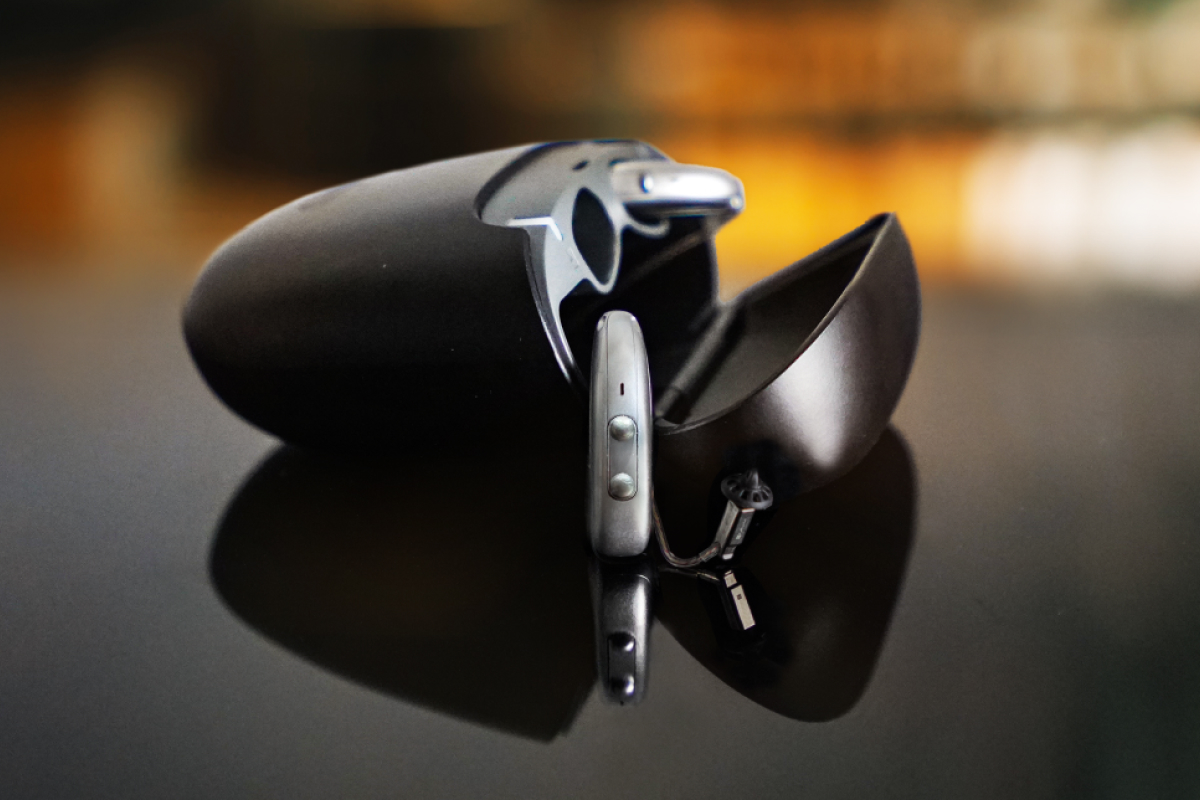| For early Americans, fire was a feared necessity; it warmed homes, provided hot meals, and offered late-night reading light. But fire could also destroy entire communities, which was probably the inspiration behind the invention of the fire hydrant — though we may never really know the full story, thanks to a fire in 1836. At the time, Americans had been eagerly filing patents for nearly five decades thanks to the Patent Act of 1790, recommended to Congress by President George Washington himself. By the 1830s, the Patent Office housed nearly 10,000 patents — an impressive but risky collection considering they were all original documents with no copies. On December 15, 1836, a fire in the basement of Blodgett's Hotel (which then housed the Patent Office, U.S. Post Office, and a branch of the local fire department) smoldered from the embers of ashes that had been stored alongside firewood in a wooden box. Firefighters stationed in the building responded to the growing blaze, but couldn't do much with the department's dilapidated hoses. The former hotel — and every document inside — was gone in under 20 minutes. Assigned the impossible task of reconstructing its records, the Patent Office put out a call to inventors to mail in any documentation they had of their awarded patents, but only around 2,800 patents were restored. Those that couldn't be reproduced were voided. In the years since, some scholars have pointed to Frederick Graff Sr., an early 19th-century Philadelphia engineer, as the possible inventor of the fire hydrant. However, another innovator by the name of Birdsill Holly Jr. was awarded a patent in 1869 for his "modern" fire hydrant, which was soon adopted in cities around the U.S. and Europe. Today, the United States Patent and Trademark Office takes up five buildings in Alexandria, Virginia, and many patents are applied for and stored digitally — making them much less likely, thankfully, to be destroyed by fire. | 






No comments:
Post a Comment